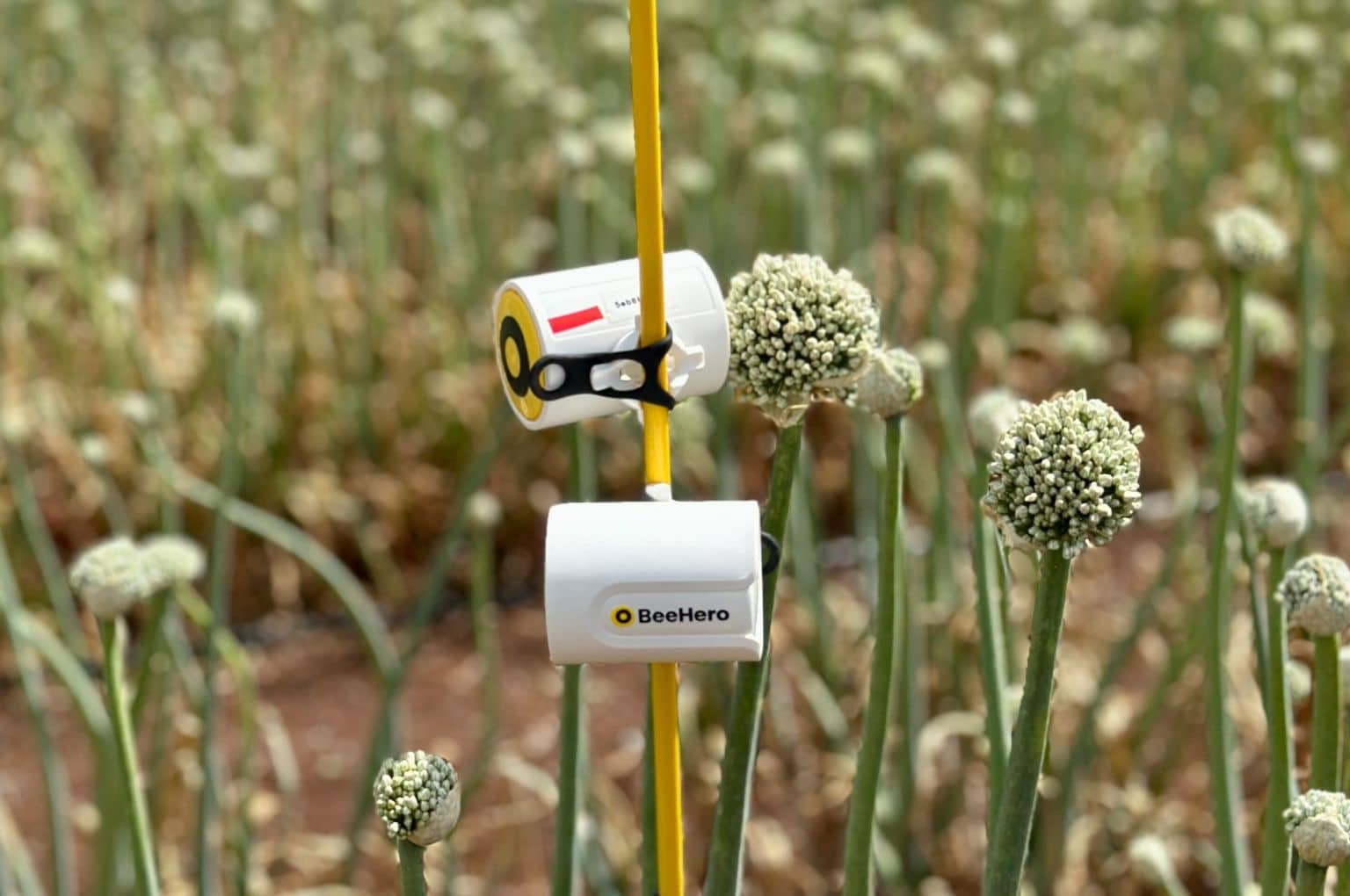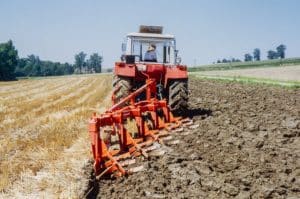BeeHero launches Pollination Insight Platform 2.0 (PIP) for data-driven pollination predictions and improved in-field monitoring. The updated sensing solution enables high resolution heat mapping of bee activity, and features improved sensing and pollinator monitoring capabilities that enable predictive models for pollination success.
PIP in-field sensing measures pollinator activity in crops to improve pollination efficacy and increase yields. Building on the success of the initial offering, PIP 2.0 features expanded pollinator identification, enhanced sensor design, advanced monitoring capabilities, innovative heat map technology, and comprehensive field coverage to provide precise, real-time data-driven insights and predictive models for growers.
Approximately 75% of major food crops depend on pollinators, with bees the most vital among them. Consequently, effective and efficient pollination is a cornerstone of sustainable agriculture, biodiversity, and future global food security. Leveraging its proprietary sensing technology, BeeHero monitors the frequencies of bees in the field to determine the rate of pollinator visits, thereby allowing growers to assess the effectiveness of pollination, identify potential issues, and take proactive measures to improve results.
PIP 2.0 now offers high resolution heat map technology, which monitors bee activity in the field in real time, providing growers with insights into pollination progress. The solution offers comprehensive coverage and precise data, replacing traditional, manual methods of in-field data collection. This approach allows growers to identify preferred foraging times and varieties to access real-time bee activity, to assess the relationship between hive numbers and quality, spacing and orchard activity, to monitor the ratio of bee visits to male and female rows of crop flowers per minute and to build predictive models for yield and pollination success, particularly for seed production and cross-pollinated crops like almonds, blueberries, and more.
Additionally, PIP 2.0 can identify a wide range of pollinators, including leaf-cutter bees, hover flies, carpenter bees, bumblebees, and honeybees. This expanded identification capability allows for a more comprehensive understanding of pollinator activity and contributions in the field, leading to more informed decisions for crop management. The upgraded and newly designed sensor is also significantly more resilient and robust, with the ability to turn towards the bloom, to be adjusted to various heights, and to provide better coverage of the field due to its round shape. Additionally, the device is now waterproof and boasts enhanced sound capabilities and noise cancellation, ensuring reliable performance in diverse environmental conditions.
“PIP 2.0 represents a step forward in agriculture technology. It not only provides growers with insights and control over their pollination processes, but also catapults BeeHero’s database of bee activity,” said Omer Davidi, CEO and Co-Founder of BeeHero. “ By continuously advancing our sensor technology and real-time data analytics, we are empowering growers to optimize yields, reduce labor costs, and enhance the sustainability and profitability of their operations.”
The PIP 2.0 platform is now operational across the U.S., Israel, France, Netherlands, Australia, and South Africa, and has expanded its application to monitor and optimize the pollination of diverse seed crops such as onion, carrot, sunflower, watermelon, and radish, and fruit crops such as apples, blueberries and raspberries.

![RightSpot Ad Template Digital-1400×190-px[76] Ag Leader RightSpot](https://world-agritech.com/wp-content/uploads/elementor/thumbs/RightSpot-Ad-Template-Digital-1400x190-px76-r316mmc0hgoob9qxmklllnnbxta1nlj7t2vjkoyeek.png)







